Best five-year performance in history: Jordan tops the list, Zhan & about two or three, Curry enters the top five
Translator's note: The original text was published in BleacherReport. The data in the text were as of the time of publication (May 19th local time), and the date involved has been converted. The views in the article have nothing to do with the translator and the platform. With the Nuggets eliminated on Monday, Nicola Jokic officially ended perhaps the best five years in NBA history. Since the start of the 2020-21 season, he averaged 26.8 points, 12.3 rebounds, 9.0 assists and 1.4 steals per game, won three MVP trophys and one Finals MVP trophy, and his Nuggets won the 2023 NBA Finals. When all this is condensed into a simple sentence, it is hard to imagine who can have a better five years. So naturally, we have to sort out the history of the alliance and see if anyone has done it. Raw data output is one thing (and in this regard no one can surpass Jokic), but that is far from the only factor in this discussion. Regular season honors (such as MVP or Best Team selection) and playoff success must also be taken into account. As with any historical depth digging, how to deal with a season before the merger (or even before the three-point line appears) is also a difficult problem. Are Bill Russell's champions—who are earned in a league with about one-third of the number of teams today and a global talent reserve far more than they are now—have the same significance as the champions won in the current era? We weighed all the above factors (and even more), added some subjective judgments, and finally selected the 10 greatest five-year peak periods in NBA history. 10, Wilt Chamberlain (1959-60 season to 1963-64 season) Data: Average of 41.7 points, 25.3 rebounds, 3.0 assists, relative real shooting percentage +5.0%, and win contribution value of 0.272 Honors and achievements: Once MVP, four MVP rankings in the top four, five All-Stars, four NBA All-Squad First Team, and once NBA All-Squad Second Team First, let's take a look at the players in NBA history that may be one of the most amazing personal data output in the peak period before the merger. Wilt Chamberlain, besides his battle with Bill Russell and the Celtics, is almost the clearest example of the cliché of "adult hitting kids" we have seen in sports history. He seems to be ahead of most of his time's competitors decades in the combination of size and athleticism, and the original data reflect this. Of course, he is also one of the often cited examples of players who can play gorgeous numbers but fail to win at the highest level. In terms of per game statistics, this was Chamberlain's best period, but he did not win the championship during this period. However, these data cannot be excluded in any case. 9, Bill Russell (1960-61 season to 1964-65 season) Data: Average 16.3 points, 24.0 rebounds, 4.5 assists per game, relative real shooting percentage -1.3%, and win contribution value of 0.211 Honors and achievements: Four MVPs, five championships, five MVPs ranked in the top three, five All-Stars, two NBA All-Squad Team One Team, three NBA All-Squad Team Two As Chamberlain's main opponent in the early years of his career, Bill Russell won the championship every year in the five years we discussed here (in addition, he also won another six championships). And, although Russell is a member of the Celtics' super team, which has also had celebrities such as Sam Jones, Tom Heinthorne, Bob Cousey and John Haflicecke during the five years, he is undoubtedly the leader of the team. He has a total of 76.2 win contributions over the five years ahead of all Celtic players and is nearly 30 more than second place. Russell's ability to accumulate these data is largely due to his excellent defense, but he is also an excellent big passer and has completed many offenses himself. 8, Giannis Antetokounmpo (2018-19 season to 2022-23 season) Data: Average of 29.2 points, 12.1 rebounds, 5.8 assists, 1.2 blocks, 1.1 steals, relative real shooting percentage +5.6%, BPM value 10.1 Honors and achievements: two MVPs, one championship, one finals MVP, five MVP rankings, five All-Stars, five NBA All-Squad, four NBA All-Squad, and four All-Defensive Team One Team Even in the era of the most talent, athleticism and technology in the NBA, Giannis Antetokounmpo successfully stood out from his peers. In these five years, he can be regarded as an outlier of athleticism like all historic players such as LeBron James, Shaquille O'Neal and Michael Jordan. In fact, in some ways, Giannis is a bit like Shaq of this era, although he is more like the next link in the evolutionary chain. Especially from the 2018-19 season to the 2022-23 season, he was a bit like a bigger man with a more well-proportioned figure and was able to play the role of an organizational striker. Giannis is like a freight train in the conversion offense. He is a monster near the basket and a phenomenon-level organizer who attracts huge attention and creates a lot of assists by threatening his scoring.. And, as if all this wasn't enough, Giannis was one of the best and most comprehensive defenders in the league during these five years. He can dominate the rebounds, protect the rim, and still perform well when switching to the outside. combines all of this with the 2021 championship, his finals stats that year with 35.2 points, 13.2 rebounds and 5.0 assists, and a Defensive Player of the Year award, and you can even upgrade Giannis to a few more places. 7. "Magic" Johnson (1985-86 season to 1989-90 season) Data: Average of 21.5 points, 12.2 assists, 6.6 rebounds, 1.7 steals per game, relative real shooting percentage +7.1%, BPM value 8.3 Honors and achievements: three MVPs, two championships, one finals MVP, five MVPs ranked in the top three, five All-Stars, five NBA All-Squad, five NBA All-Squad 1st Team Almost everyone on this list, but for "Magic" Johnson, there are more than one five-year peak period to choose. If you choose early in his career, you can get two Finals MVPs instead of one, but the Magician doesn't really reach his personal peak until later. And the data over the past five years are crazy. He is not only the most productive organizer of the game, he is also probably the most gorgeous organizer of the game. It also opened the era of "acting moments" for the Lakers, thus helping the entire league usher in innovation. Magician makes running and bomb attack fun. He changed people's perception of what a player of his height can do. Of course, everything he did on the court brought a lot of wins to the team on the highest level of the NBA. 6, Larry Bird (1983-84 season to 1987-88 season) Data: Average of 27.3 points, 9.8 rebounds, 6.8 assists, 1.8 steals, 0.9 blocks, relative real shooting percentage +4.8%, BPM value 8.7 Honors and achievements: three MVPs, two championships, two Finals MVPs, five MVPs ranked in the top three, five All-Stars, five NBA All-Squad, and five NBA All-Squad, and once were selected for the All-Defensive Team Second Team Just like Chamberlain and Russell in the 1960s, the match between Magic and Larry Bird supported the NBA's 1980s. And while there is good reason to put any of them in sixth place (or even higher), Bird is slightly better here with one more Finals MVP and a selection of the best defensive team. However, Bird's career and five-year peak period are much more than his competition with the Magician. He was one of the best difficult shot makers in the league at the time. He felt extraordinary about the game. His passes made it easier for all teammates to play. And related to this, few players in league history have been able to “make teammates better” as explicitly as he did. His sense of the game and his keen sense of steals and rebounds also make him an underrated defender. To sum up, Bird is one of the best forwards in history and is especially outstanding in his peak period when he may have been shortened by a back injury. 5, Stephen Curry (2014-15 season to 2018-19 season) Data: Average of 26.5 points, 6.5 assists, 4.9 rebounds, 4.4 three-pointers, 1.8 steals, relative real shooting percentage +9.9%, BPM value 8.8 Honors and achievements: Two MVPs, three championships, three MVP rankings, five All-Stars, three NBA All-Squad First Team Among all players who have appeared in the NBA arena, few (if any) can prove more powerfully than Stephen Curry that "he really changed the game." In the 2008-09 season, the last season before Curry entered the league, 22.4% of all NBA shots were three-pointers. This season, 42.1% of all shots were three-pointers. And the period when Curry pushed the game the most violently into the three-point storm in his career was the time listed above. The number of his outside shots is one aspect, and the difficulty of many of his shots is what makes him a must-see focus. Shortly after he won the MVP for the first time in 2014-15, teams had to start catching up with multiple defensive players with several feet outside the three-point line (1 foot is about 0.3 meters). How huge this has changed his teammates’ performance in every game, it cannot be overstated by any means. Just letting him on the court creates four-on-three opportunities for his Warriors in half-court offense! Curry is the most influential offensive player in modern basketball history, and in almost every game he has participated in, he is the most influential offensive player. During these five years, the Warriors netted 15.9 points per 100 games when Curry was on the court, and 1.8 points when he was not on the court. All of this is enough to justify Curry's top five here, but it must also be mentioned some rather obvious disadvantages to his argument. Kevin Durant and Andre Iguodala won the Finals MVP in three championships during this period, and from the BPM value, Durant was the best player in the two Finals (even ahead of LeBron James). But in hindsight, it was almost ridiculous for Iguodala to beat Curry to win the Finals MVP in 2015. And the playoff presence/departure data always show that it is Curry's existence that allows Durant to dominate the game as a Warriors player. The trajectory of their respective careers after they parted ways also supported this conclusion. 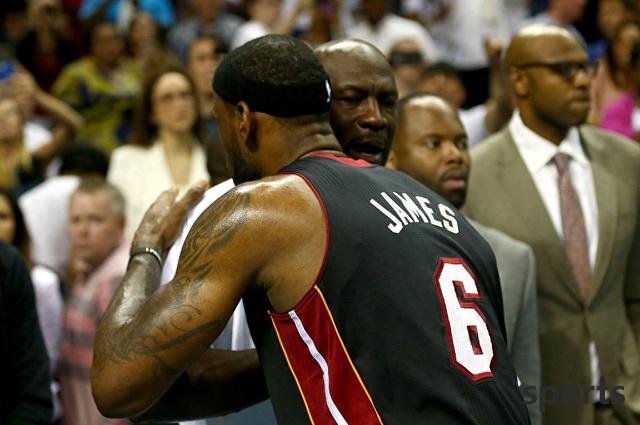
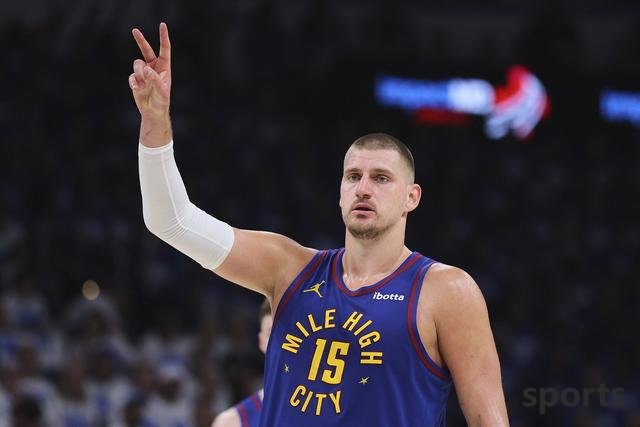

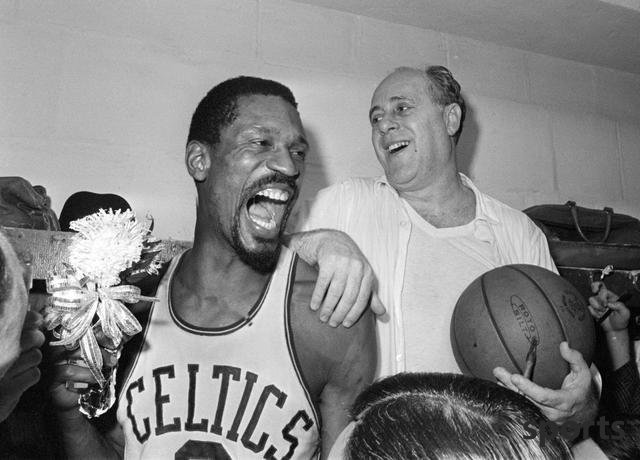
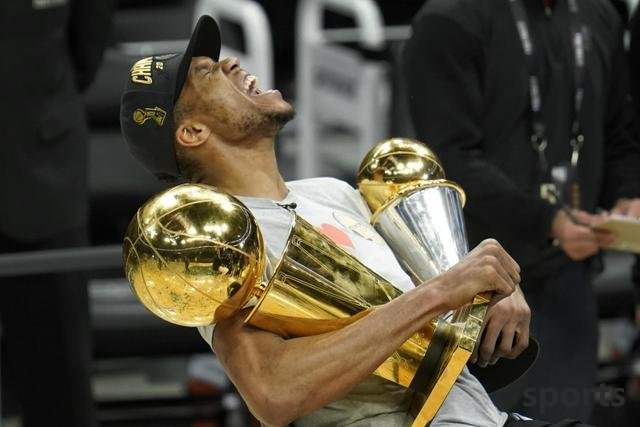
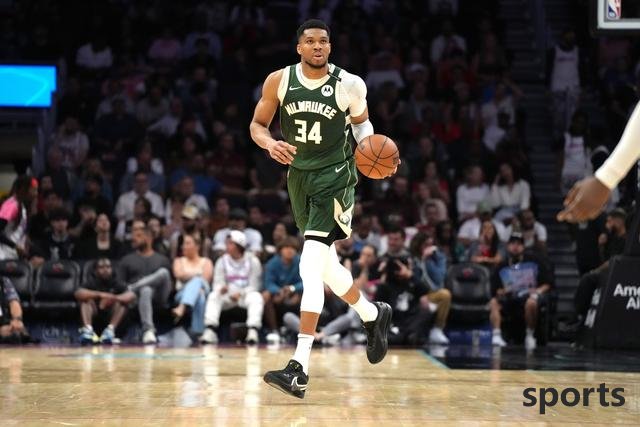
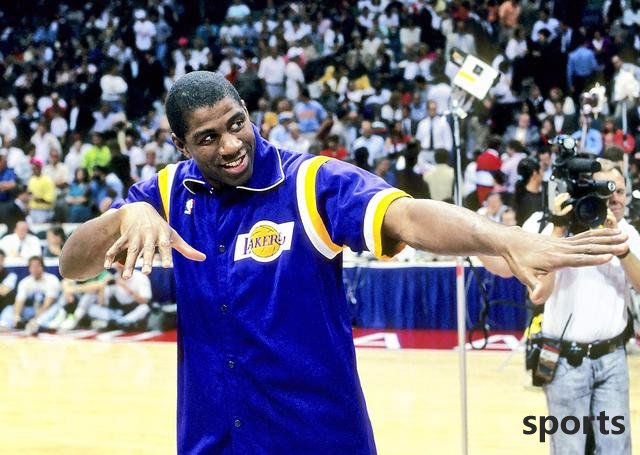
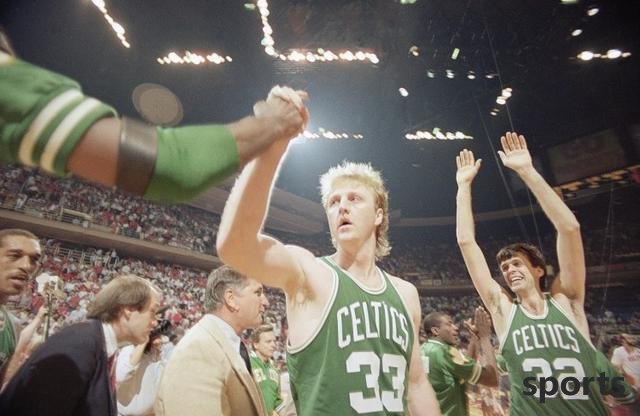

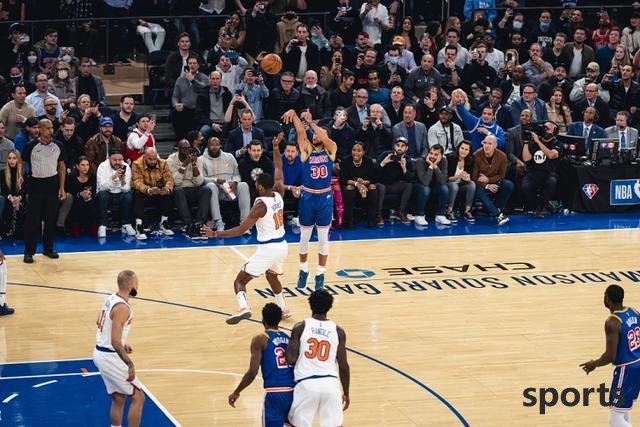
- Recent Posts
-
- Halliburton: I want to go to t
- No confrontation injury left t
- Nuggets 2 for 1 to send Porter
- Overtime life and death battle
- Hakim Warrick, the spring man
- "Mr. Memory" Jerry Lucas, TA s
- A list of the five major stars
- Several Rockets rookies are al
- Media rated the ranking of pla
- Siakam showed his super streng
- Hot Posts
-
- How strong is the strongest hi
- Yang Hansen tried out the Warr
- NBA rumor: Kevin Durant believ
- Looking forward! 2025-2026 NBA
- Anthony is rated as the strong
- Replica Legend, Thunder Alexan
- Data analysis: Pacers 2-1 Thun
- NBA Summer United: Yang Hansen
- Yang Hansen s rookie contract
- Magic vs. Free throws: Hallibu
- Durant is destined to join the
- There are good and bad! Team m
- Which NBA team is more suitabl
- NBA character Alexander: The T
- Behind SGA’s Give Up 100 milli
- Hit 10+4+5+3! Yang Hansen made
- After Westbrook jumped out of
- The NBA playoff division final
- After Bill reached a buyout, t
- 2025 Rookie Observation (20):
- search
-
- Links
-
